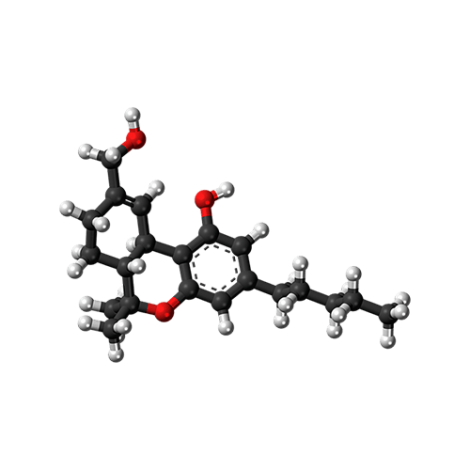Open data facilitates research and innovation
The crystallographic research community is a great example of the benefits of sharing data. Practically every published crystal structure has been made available to others through the Cambridge Crystallographic Data Centre ( CCDC ). The ability to find and use crystal structures is a huge time-saver for researchers.
Likewise, large databases like the National Center for Biotechnology Information and the International Nucleotide Sequence Database Collaboration facilitate data access for biological and genomics researchers.
Australian researchers use open research infrastructure such as TROVE, AURIN and the Griffith University-led Biodiversity and Climate Change Virtual Laboratory ( BCCVL ) to share, analyse, visualise, map, and model open data from trusted sources.

Open collaboration increases public trust in science
When GalaxyZoo first invited the public to help classify new galaxies identified by the Sloan Digital Sky Survey, thousands of people visited the website within hours of its launch. They have since provided millions of classifications, creating a massive new dataset for astronomers to explore.
This ‘crowd-sourced’ project was so successful, that Zooniverse was created as a platform to host more projects that could benefit from crowd input. The range and multitude of projects helps bridge the gap between science and the public, and greatly contributes to scholarship across a range of disciplines.
Open repositories democratise access
Handwritten more than 1,600 years ago, Codex Sinaiaticus, the Christian Bible in Greek, is the oldest complete copy of the New Testament. It is the oldest substantial book to survive antiquity, and its text is of outstanding importance for the history of the Bible, just as its manuscript is of supreme importance for the history of the book. Parts of the manuscript are held in four locations: London, St Petersburg, Sinai, and Leipzig, which used to make scholarly access both expensive and problematical. Now the full text is available online, and any scholar, from anywhere, can access the work.
GLAM platforms such as Europeana empower the cultural heritage sector through digital transformation, facilitating open access to the cultural heritage of Europe aggregated from European Galleries, Libraries, Museums, Archives and Cinematheques.
Explore and re-use curated datasets

Open research outputs provide efficiencies and decision support
Infectious disease rates are on the rise in Australia, with more people dying now from septicaemia, HIV/AIDS, and hepatitis. Open data helps health planners prepare for emergencies, making health responses to crises more efficient. Open and shareable data for current flu strains assists health services in planning and preparation.
Malaria remains one of the most devastating infectious diseases with approximately 212 million infections and 429,000 deaths each year. Gains made by vaccines are threatened by growing resistance to antimalarial drugs. Researchers from the Institute for Glycomics share their research output, including data, via the Worldwide Antimalarial Resistance Network ( WWARN ). This sharing promotes the understanding and efficacy of malaria drugs.
Posting manuscripts to pre-print servers enables rapid access to research findings and exposes work to a larger group of researchers, increasing peer scrutiny and validation, as discovered during the COVID-19 pandemic.
Managing and planning for global disasters can be helped by open data, as the Open Data for Resilience initiative shows. The country-by-country datasets list assists you to find relevant data.
Open research enables reproduction and replication
Data sharing and depositing of data to guarantee publication is fast becoming mandatory. Many journals, including Nature, no longer accept submissions that lack supporting data.
Concerns about reproducibility in science have led to the adoption of pre-registration of studies in some disciplines, allowing researchers to outline their predictions, protocols, and methods.
Read more:

Ask the library
We are here to help!
Find us in the libraries or contact us by phone or online.
Copyright matters
Find information and support for all aspects of your copyright compliance obligations.
eResearch services
For help with your research technology, data science and technical infrastructure needs.
Office for research
For help with research grant funding opportunities, ethical and IP matters.
Workshops
Attend a workshop targeted to support you throughout the research lifecycle.
Griffith research online
Make your research visible and open using the University repository.